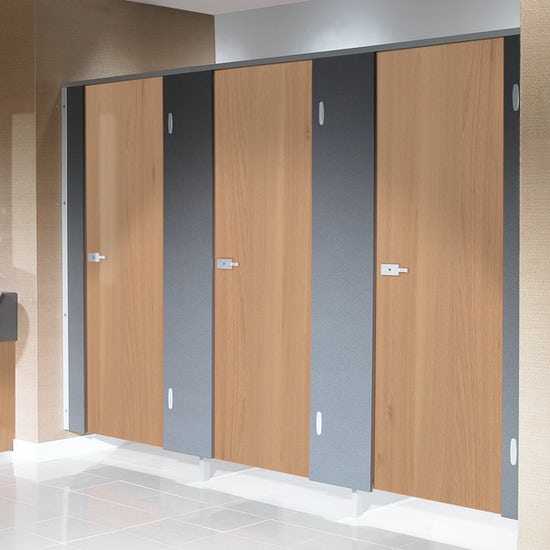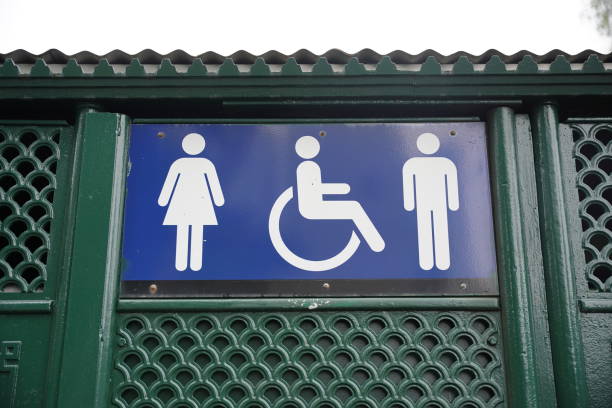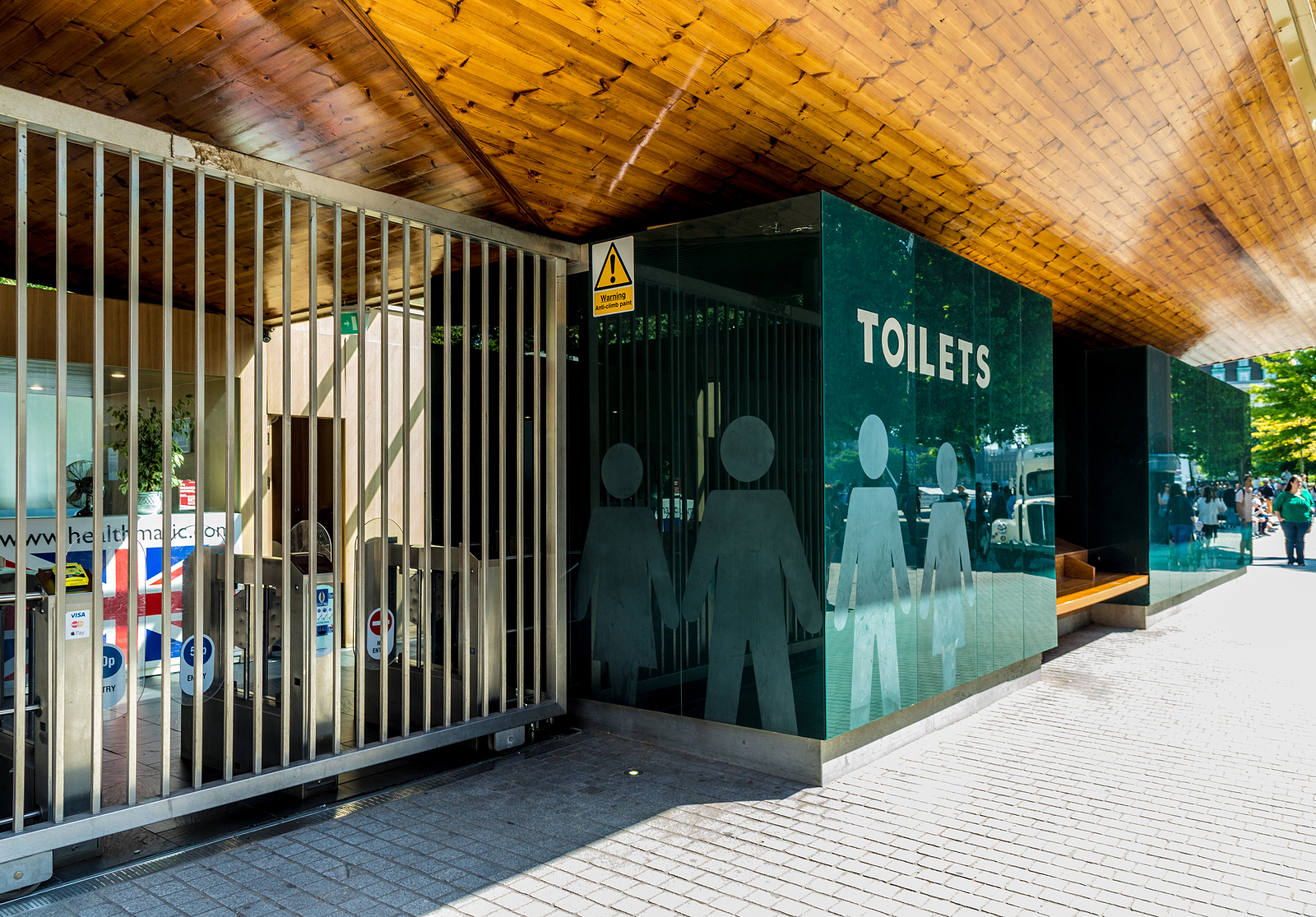

When Rishi Sunak announced that the northern leg of HS2 was to be cancelled – ironically cancelling a railway line to Manchester while speaking in what had once been one of that city’s three main hub stations – some might have imagined that meant a major cutback in the expansion of rail services across the country in general.
However, this is not the case. It may be that the flagship national project had run into so many cost problems that the government felt it could not continue with it – and a change of government has not led to this decision being reversed – but elsewhere, all over the country, new stations are opening up and many more will do so over the coming years.
A ‘Quiet Revolution’ In Bristol
The latest instance of this has come in Bristol with the opening of the new Ashley Down Station, which is situated on the site of the former Ashley Hill Station, which closed in 1964.
Welcoming the development as part of a “quiet rail revolution” in the area, West of England mayor Dan Norris said North Filton and Henbury stations would be next as the process of reversing the Beeching cuts takes place.
New stations mean not just laying platforms, fitting ticket offices and machines and adding modern step-free access facilities such as ramps and lifts; it also requires good toilet facilities. The smallest stations may just need one or two individual lavatories, but larger ones in big cities will need rows of toilet cubicles in dedicated areas.
Moreover, these will need to be of a high standard, for any new station is bound to attract a lot of attention as commuters use it and rail enthusiasts come to jump on and off a train there. All this means any shortcomings in facilities will get plenty of unwelcome publicity in the local press and elsewhere.
Indeed, Ashley Down has not yet had any toilets fitted, although this may follow in due course. But as rail travel grows through the addition of new stations to allow more people to access the network, footfall at hub stations such as Bristol Temple Meads will rise. That could require more and better toilet facilities to be added.
Birmingham’s Facility Upgrade
In Birmingham, travellers using New Street in recent years have experienced a station that bears no resemblance to its former self, looking more like an airport terminal than a railway station. Yet its enhanced facilities fit with a growing regional network based on station restoration.
Across the West Midlands, new stations opened in the last few years or are on the way include stops in Black Country towns to the north such as Darlaston and Willenhall, plus the upcoming new stations on the Camp Hill line in south Birmingham.
Birmingham will need plenty more station toilets, of course, as this is one place where HS2 is certain to come. While it remains to be confirmed that Euston will host the London terminus of the line, a new station is being constructed, partly on the former site of the old, at Curzon Street.
As this will be a state-of-the-art building, nobody will want the toilet facilities at Curzon Street to be a let-down, with the same applying at the planned Solihull station. HS2 has had enough criticism already.
Expansion In The North
Even without HS2, other big cities like Manchester and Leeds will need to maintain and enhance their on-station facilities, including toilets, as rail travel continues to grow, not least with some new stations in those city regions too.
Indeed, train traveller numbers will be supplemented by the growth of tram passengers arriving at these stations. Manchester’s extensive Metrolink network continues to expand and serves three city centre stations, while New Street and Snow Hill in Birmingham are connected to the growing Midlands Metro.
Elsewhere, Bristol Temple Meads may be some way off having any kind of metro connection – Dan Norris has always been at odds with former Bristol mayor Marvin Rees over the idea of the city having an underground system – but Leeds is at last on its way to having its own tram system.
More Disabled Toilets Will Be Needed Too
Having sufficient numbers of toilets is not the only issue. Stations also need to make sure they have adequate accessible toilets with wider cubicles, not least when other facilities are being established across the rail network to make it more amenable to the disabled, such as the establishment of step-free access at every one of the Elizabeth Line Crossrail stations.
Amid all the debates and questions about high-speed rail, nationalisation and new stations, there is no doubt that a growing network with improved stations will need toilet and washroom facilities to match.



